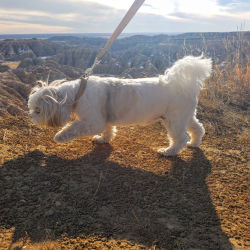Origins and Temperament
Hailing from Germany, Great Danes are known for their towering stature and gentle nature, often referred to as 'gentle giants.' Historically bred for hunting and guarding, today's Great Danes are affectionate, friendly, and patient, making them excellent, albeit large, family pets. When considering travel, it's important to address their sensitive and easygoing temperament, ensuring that transitions are as stress-free as possible.
Size and Physical Needs
Standing up to 32 inches tall at the shoulder and weighing anywhere from 110 to 175 pounds, Great Danes require spacious accommodations to feel comfortable. Due to their size, customized travel arrangements are necessary to allow for ample room to stand, turn, and lie down. While they aren't the most energetic dogs, they do require regular exercise, which needs to be factored into their transportation plan.
Common Health Considerations
Great Danes are prone to certain health issues, such as hip dysplasia, heart conditions, and bloat, which can be particularly dangerous. Always carry current health documentation when traveling, and consider proactive measures like a properly timed feeding schedule to prevent bloat during transit.
















